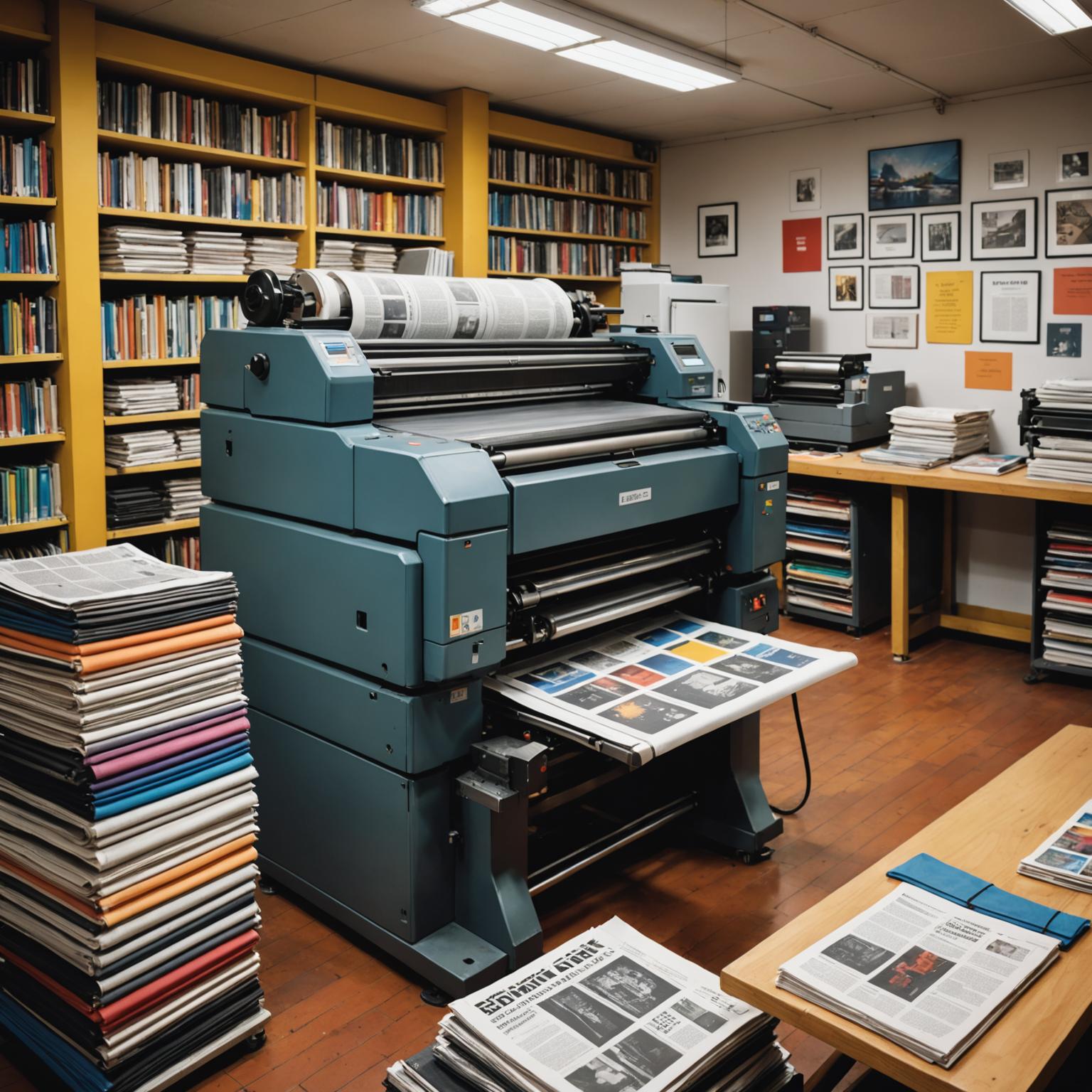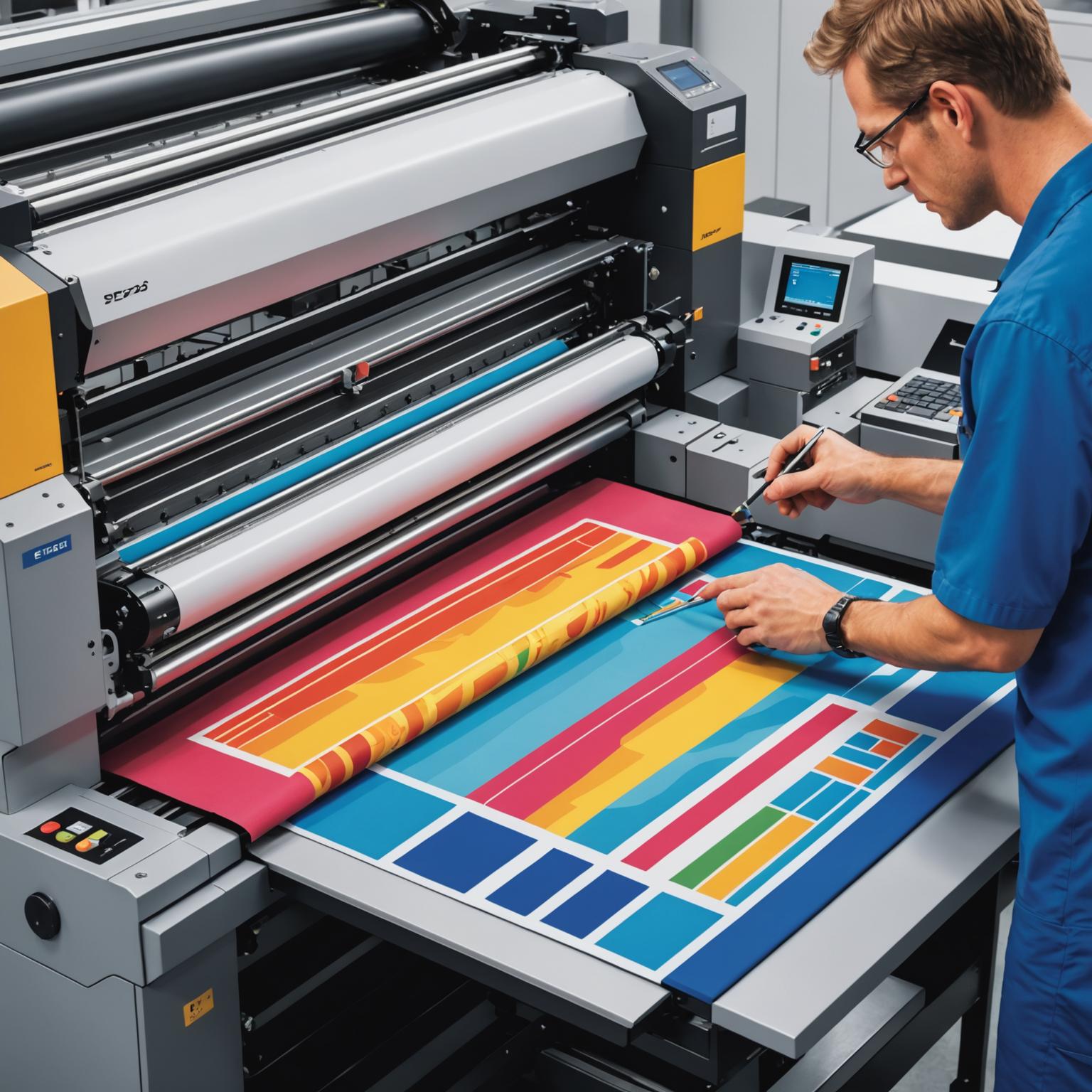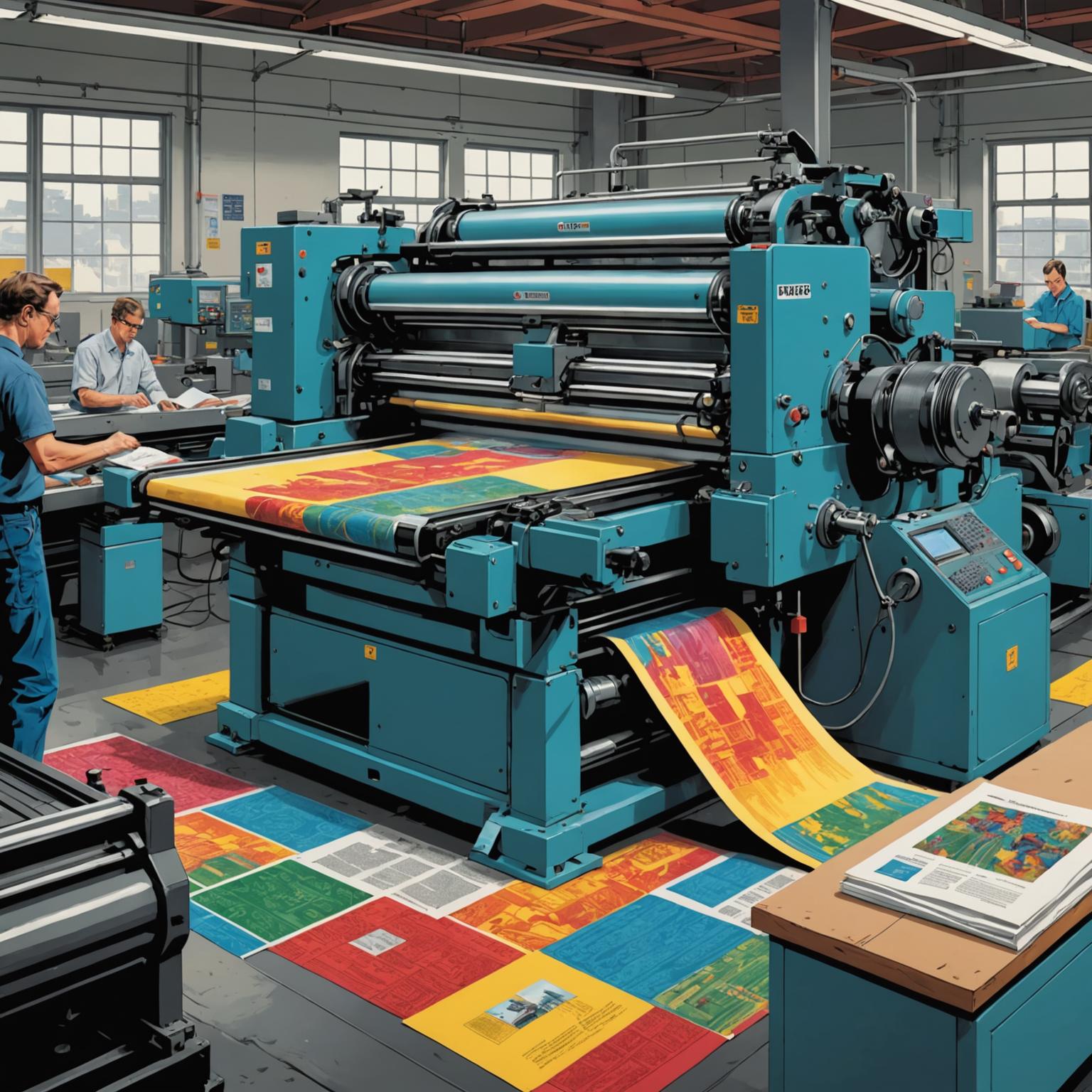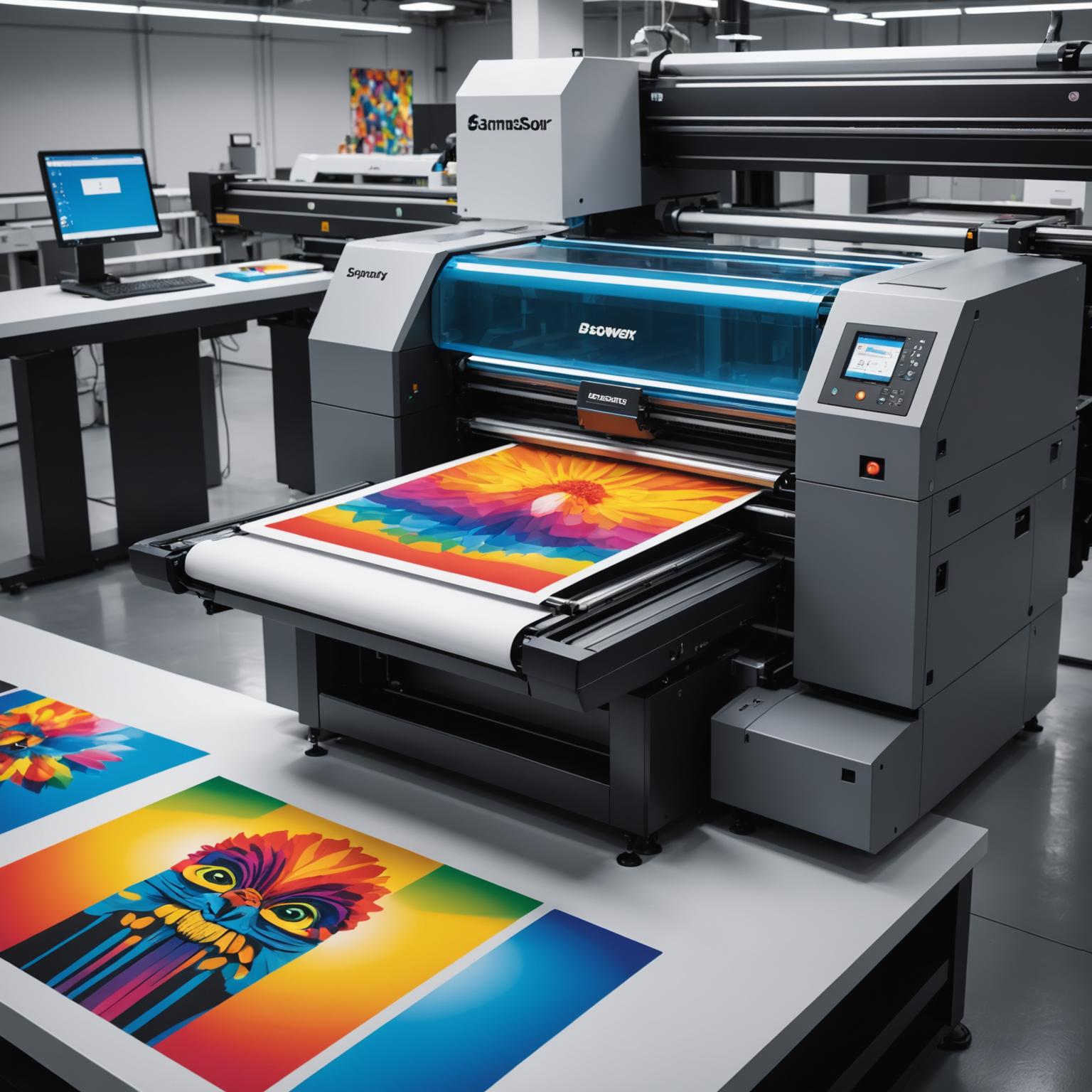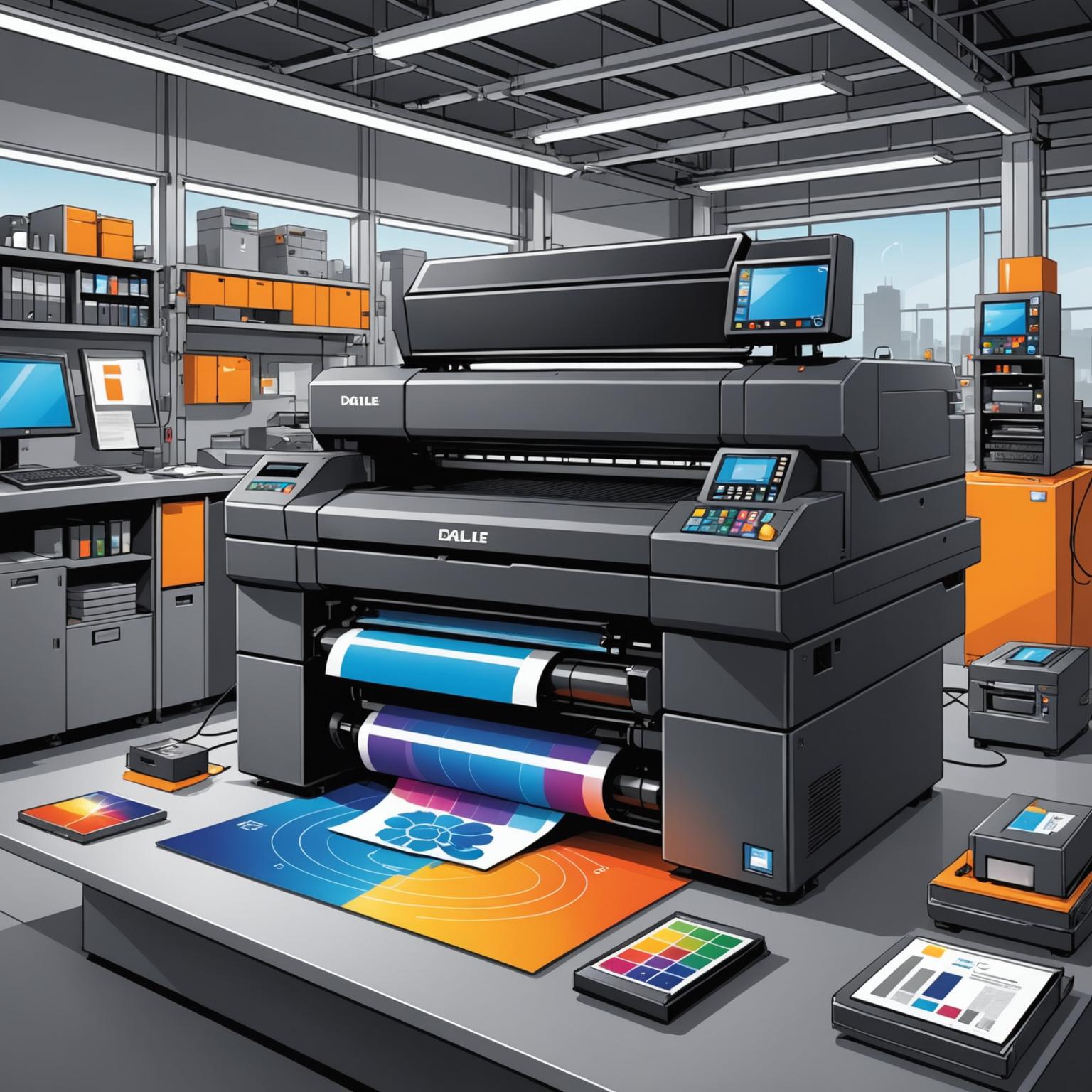Understanding the World of Thermal Transfer Labels
In the vast landscape of product identification and tracking, clarity, durability, and reliability are paramount. Businesses across countless industries rely on labels to convey critical information, from simple barcodes to complex compliance data. While many printing technologies exist, the use of thermal transfer labels stands out as a robust and versatile solution, offering unparalleled resilience and print quality. This method involves a unique process that creates a crisp, long-lasting image, making it the gold standard for applications where the label's integrity is non-negotiable.
How Thermal Transfer Printing Works
At the heart of this technology is a fascinating and precise process. Unlike direct thermal printing, which uses chemically treated paper that darkens when heated, thermal transfer printing utilizes a separate ribbon. A thermal printhead applies heat to this ribbon, which is coated with a wax, resin, or wax-resin formula. The heat momentarily melts the ink coating, transferring it directly onto the label's surface, where it cools and adheres permanently. This transfer process creates an exceptionally sharp and stable image that is far more resistant to fading from sunlight, heat, or abrasion compared to its direct thermal counterpart. The result is a professional-grade label with unwavering clarity that endures for years.
A Symphony of Materials: Ribbons and Label Stock
The true versatility of thermal transfer printing lies in the ability to pair different ribbons with various label materials to achieve specific outcomes. Ribbons come in three primary types: full wax for standard, cost-effective applications like shipping and general-purpose labeling; wax-resin for a significant boost in durability against smudging and mild chemicals, ideal for shelf and bin labels; and full resin for the ultimate in resilience. Full resin ribbons, when paired with synthetic label stocks like polyester or polypropylene, create nearly indestructible labels that can withstand extreme temperatures, harsh chemicals, and outdoor exposure. This adaptability means you can create everything from a basic paper shipping label to a rugged, waterproof tag for industrial machinery, all using the same printing technology.
Where Durability Meets Demand: Common Applications
The applications for thermal transfer technology are as diverse as the industries it serves. In logistics and warehousing, these labels are essential for asset tracking, pallet identification, and inventory management, where labels must endure rough handling and long storage periods. Manufacturers rely on them for product identification, serial number plates, and compliance labels that must remain legible throughout the product's entire lifecycle. In the healthcare sector, the pristine quality and permanence are critical for patient wristbands, laboratory specimen tracking, and pharmaceutical labeling, where a smudged or faded barcode could have serious consequences. Even in retail, these labels find a home on high-end products and shelf edges where a premium look and feel are desired.
Why Choose Thermal Transfer for Your Labeling Needs?
When selecting a labeling method, the choice ultimately comes down to the demands of the environment and the required lifespan of the information. For applications that require longevity, resistance to environmental factors, and superior edge definition for scannability, thermal transfer technology is the definitive answer. Its ability to print on a wide array of materials, from standard paper to high-performance synthetics, provides a level of flexibility that other printing methods cannot match. By investing in a system that produces these durable labels, a business ensures its information remains intact, legible, and reliable, safeguarding its operations and maintaining professional standards from the warehouse to the final consumer.


